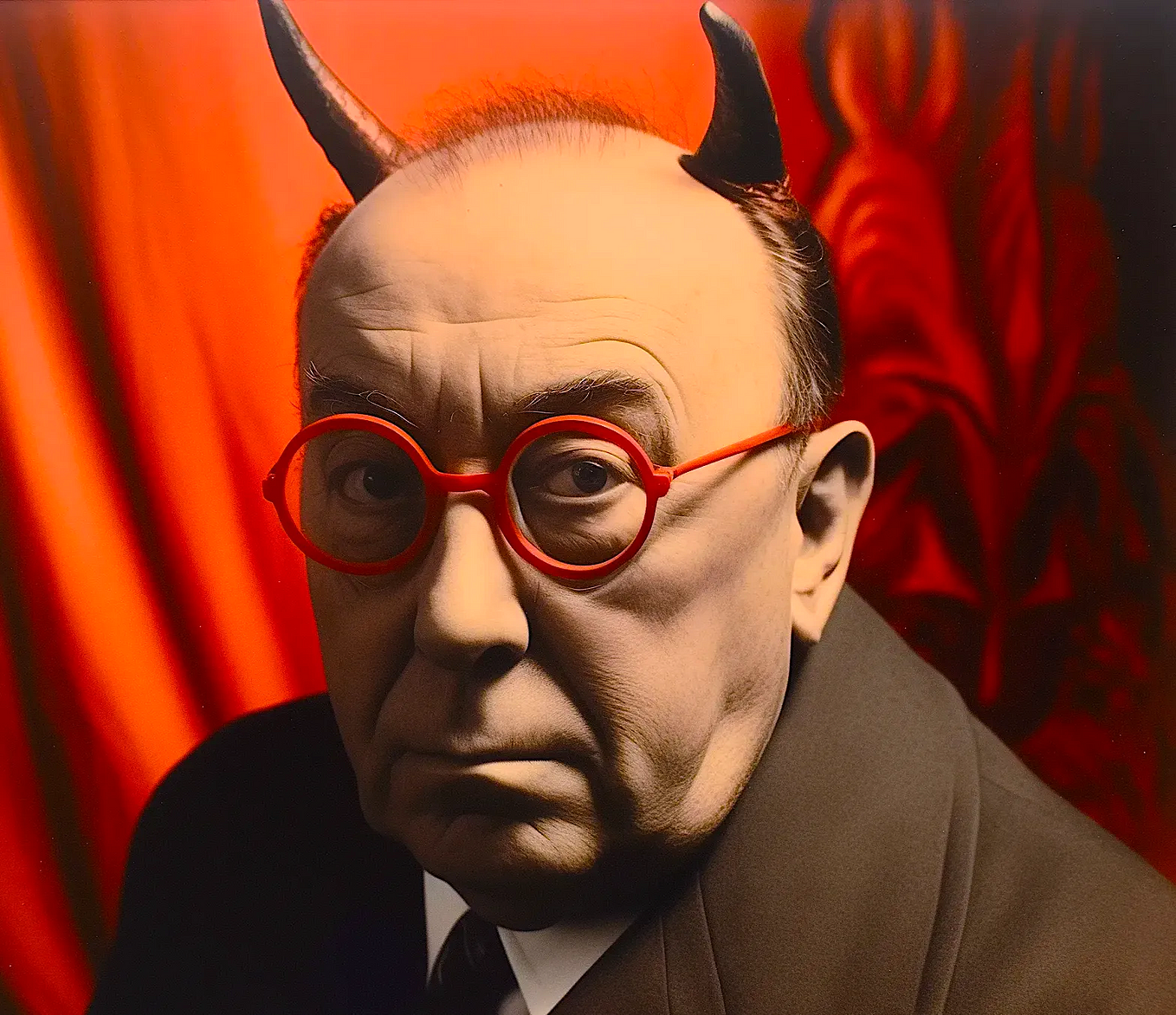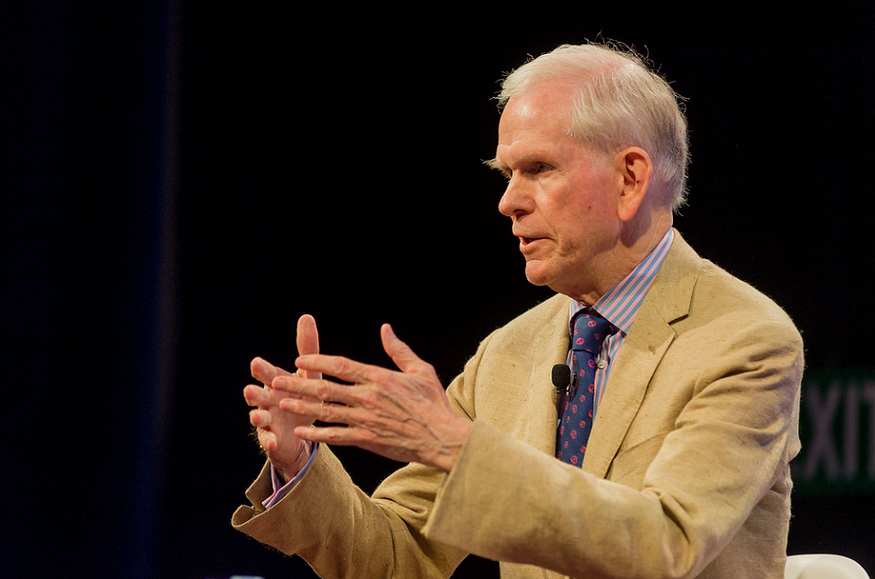The First Woman King: Call Her Jadwiga
Every gift can break — she became a king, queen, mother — and saint: The gift is worth the grief, and the love is worth the loss.
The more you gain, the more you risk. The world’s first woman king transformed Europe 638 years ago. On October 16, 1384, Poland crowned Jadwiga king.
Historians call Jadwiga (pronounced ja·dwi·guh) one of Poland’s greatest rulers. She was a king, later a queen, a mother, and finally, a saint. She was 10 — too young to marry — when Poles named her to succeed her father, King Louis the Great.
“The most profound characteristic of her short life and, at the same time, the measure of her greatness was her spirit of service,” St. John Paul the Great said of Jadwiga.
Poland was and is an unusual nation: When a king died, Poland’s nobility gathered to elect a successor, just as Catholic cardinals elect a pope.
The lords making up the ruling elite didn’t like her family’s choice for a future husband (William of Austria), forcing him out of Poland. On January 11, 1386, the 12-year-old Jadwiga finally married 35-year-old Jogaila of Lithuania (who was baptized with the new Polish name of Władysław).
They united Poland and Lithuania into the 200-year Jagiellonian dynasty, baptizing the pagan Lithuanians and creating a massive two-state union (one of the biggest in Europe) that endured 409 years.
A Russian’s take on Polish women as leaders
In the 19th century, Governor N.W. Berg, a Russian autocrat trying to control parts of Poland, observed, “There are few countries in the world where the feminine element takes on such importance.”
“Polish women are persevering and unrelenting insurgents,” Berg noticed. “They are all beautiful, always effervescent. Small walking volcanoes. Beware of touching them! At once, the sparks begin to fly. Their unrestrained imagination takes off into the infinite.
Polish women are all radiance, vision, and prayer. Only the priest with the crucifix of the Savior in his hand, dispensing the forgiveness of Jesus or brandishing the threat of hell, has power over them. They admit to no subjection.”
Jadwiga was the template for Polish women who followed
“After the coronation of Jagiełło, Jadwiga was still formally King, and not just the wife of the monarch,” Professor Tomasz Graff writes. “As she matured, she increasingly often took the initiative in matters of the state and, in the final years of her life, was an independent politician, able to effectively negotiate with neighbors and set them tough conditions.”
Jadwiga, a daily Mass goer who had the Bible translated into Polish for Poles to read in their own language, was the ultimate uniter and bridge builder, leaving her jewelry to build the Jagiellonian University, Poland’s oldest and greatest university. Her short life was fruitful:
- Victor. Rebels in Hungary-Croatia captured and then murdered her mother in 1387. Jadwiga led troops into Galicia–Volhynia (then ruled by Hungarians) and then personally persuaded them to be loyal to her.
- Negotiator. She again became a mediator to halt battles between her husband’s Lithuanian relatives and resolved similar disputes between Poland and the Teutonic Order. John Paul explained: “An expert in the art of diplomacy, she laid the foundations for Poland’s greatness.”
- St. Jadwiga’s cross. She prayed near a big black crucifix in Wawel Cathedral, once hearing Christ speak to her from the cross. Poles now consider her a mystic. Her relics are beneath the cross that still hangs in the castle.
- Corpus Christi Day miracle. While marching in a Eucharistic procession, a coppersmith’s son drowned in a river. Jadwiga threw her mantle over the boy’s body, and he came back to life.
Graff adds: “Jadwiga went down in history as a founder of churches, monasteries, a patroness of intellectuals, and protector of the poor, the weak, and the abandoned.”
She desperately wanted to be a mother — but nothing worked for more than a decade.
“Faith needs culture and forms cultures,” St. John said. He noted she gave the Jagiellonian University “her golden scepter, using instead one of gilded wood. This fact, while having a concrete meaning, is above all a great symbol.”
She shaped “the cradle of Polish culture and the bridge between the Christian West and the East, making an irreplaceable contribution to the formation of the European spirit.”
For more than a decade, Jadwiga and her husband could not conceive a baby. She finally became pregnant by early 1399. A baby girl, Princess Elżbieta Bonifacja, was born on June 22, but the baby died on July 13, 1399. Jadwiga died four days later — at age 25.
Poles have honored her holiness ever since. As St. John Paul said during her canonization in 1997, “Often you would kneel at the feet of the Crucified One at Wawel to learn this generous love from Christ himself. And learn it you did. You showed by your life that the greatest thing is love…Your deep wisdom and your intense activity flowed from contemplation, from your personal bond with the Crucified One.”
Poles continue to name daughters Jadwiga
Now fast forward to Yonkers, New York, in 1910. My great-grandparents, Alex and Stella Jamiolkowski, named their first child Jadwiga.
Over the next five years, they had two sons (Teddy and Cass) and, finally, their youngest, a baby girl everyone called Jessie. In 1914, when Alex made $12 a week at a sugar mill, Henry Ford announced he was paying men $5 a day — or $30 for a six-day workweek.
So they moved to Michigan, joining the flood of immigrants, settling in the Polish-run city of Hamtramck, a two-square-mile city surrounded by the bustling city of Detroit.
For most of the next 75 years, Jadwiga and Jessie stayed in that same house. The whole family originally lived on the first floor. Then, when Jadwiga married in 1940, they turned the attic into a second home for Jadwiga and her husband, John.
By the time Alex and Stella died in the late 1950s, Jessie and her husband had moved into the first floor. So Jadwiga and Jessie were sharing that same house again — for the rest of their lives. Miraculous gifts followed:
- Jadwiga had polio, so she wasn’t very mobile. But had a good family and lived a relatively normal life — living to be 91 — because Jessie and other relatives were around to help. Because Jadwiga took longer to walk, she read more, thought, and reflected more.
- Jessie, like the original Jadwiga, seemed unable to conceive but walked everywhere and went to daily Mass each day. At age 46 in 1961, Jessie went to the doctor to ask about her weight gain and learned she was pregnant. She had her first and only child soon after, right before turning 47. A miracle? Many thought so. Her daughter, too, wouldn’t become a mother until age 39.
Peter Schmitz had a similar but slightly different kind of struggle. Schmitz, a Ford auto worker who complained about “something more to break” every time Ford added a new piece of technology, had 14 children.
Thirteen of the 14 died as infants. Only one of his children grew up. So he learned to be wary of any and all new gifts. That one surviving son had many children, including the nationally known Father Mike Schmitz.
Father Mike likens such stories to today’s reading from 2 Kings 4, where the prophet Elisha encounters “a woman of influence, who urged him to dine with her.” Seeing Elisha “is a holy man of God,” she arranges to get him “a little room on the roof,” where he can stay during his visits.
A grateful Elisha asks if he can do something for the woman, and a friend tells her, “She has no son, and her husband is getting on in years.”
So Elisha meets with the woman and tells her, “This time next year
you will be fondling a baby son.”
The boy would later die, and the woman was riddled with grief.
We often have the opportunity to have some great and unexpected gift from God but wind up saying, “No, I’m good. I’m fine,” because we prefer the status quo over some new risk.
“It’s not about loving you less — it’s about loving him more,” Schmitz explains. “Everything we love will turn to loss. Love leads to loss — caring gets complicated. Every gift is another thing that can go wrong.”
But suffering leads to the struggles that make life’s miracles possible. Elisha winds up reviving the dead boy, but we all suffer and die at some point.
As Acts XXIX missionary Mary Guilfoyle explains, “If we are lucky, we get through life with many scars” because that means we’ve lived greatly.
Jesus says we have to love more. The alternative to heartbreak is not to be, touched — or to love less.
“The gift is worth the grief,” Schmitz adds. “The love is worth the loss.”








